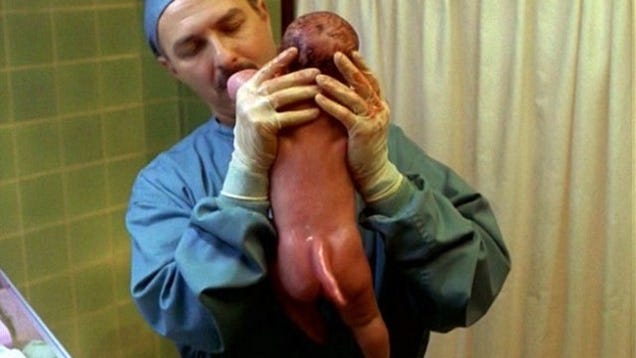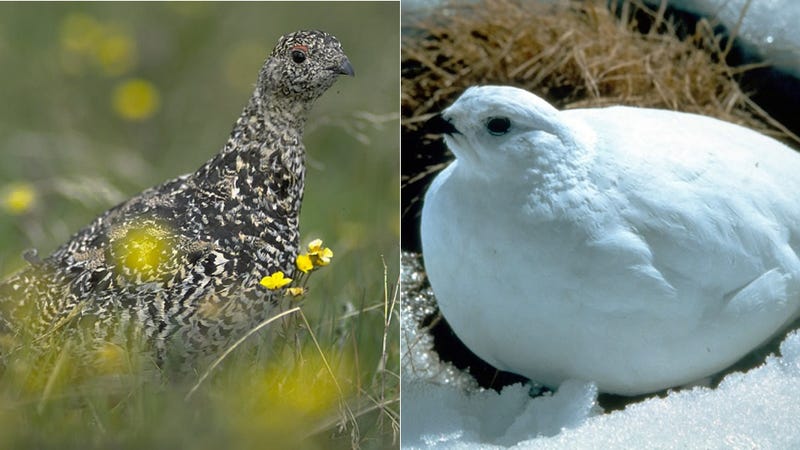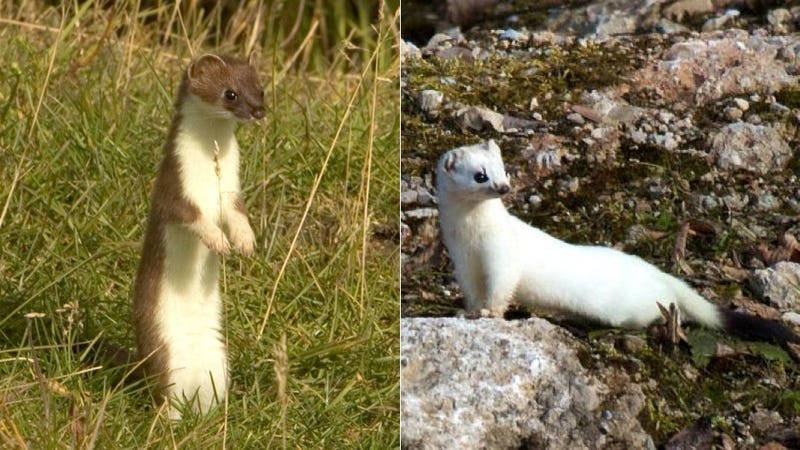Research
Outline 3
Gemma Southam
Aims of project research:
For my exhibition I want to discover what the most popular anthro characters are, from the views of the people attending the exhibition. I want to find out if they find anthro’s appealing or not, and their views on anthro’s.
Area’s for consideration:
What is the most occurring feature that people seem to draw? Are humans drawn more or animals? What did people think of the combination man? What do people think of Anthro’s?
Brief explanation/ outline of project:
I will ask people what the first thing they think of is when they see ‘anthro’, and I will be telling people what an anthro is and asking what they think of anthro’s. I will be getting them to draw their own character in the game ‘the combination man’. This will be fun, and an experiment to find out what people drew the most.
Context/rationale:
I want to get people to draw as I think it will be a fun way to get people involved with my project. Calling it a ‘game’, should make people want to interact with my project. I will be wearing a wolf mask which should attract attention and give people an idea of what to expect from me.
Key area’s of research:
Find out what people draw the most and ask them why they chose what they did.
Intended outcomes of research:
Find out what people like and dislike most about anthro’s.
Gemma Southam
Aims of project research:
For my exhibition I want to discover what the most popular anthro characters are, from the views of the people attending the exhibition. I want to find out if they find anthro’s appealing or not, and their views on anthro’s.
Area’s for consideration:
What is the most occurring feature that people seem to draw? Are humans drawn more or animals? What did people think of the combination man? What do people think of Anthro’s?
Brief explanation/ outline of project:
I will ask people what the first thing they think of is when they see ‘anthro’, and I will be telling people what an anthro is and asking what they think of anthro’s. I will be getting them to draw their own character in the game ‘the combination man’. This will be fun, and an experiment to find out what people drew the most.
Context/rationale:
I want to get people to draw as I think it will be a fun way to get people involved with my project. Calling it a ‘game’, should make people want to interact with my project. I will be wearing a wolf mask which should attract attention and give people an idea of what to expect from me.
Key area’s of research:
Find out what people draw the most and ask them why they chose what they did.
Intended outcomes of research:
Find out what people like and dislike most about anthro’s.








